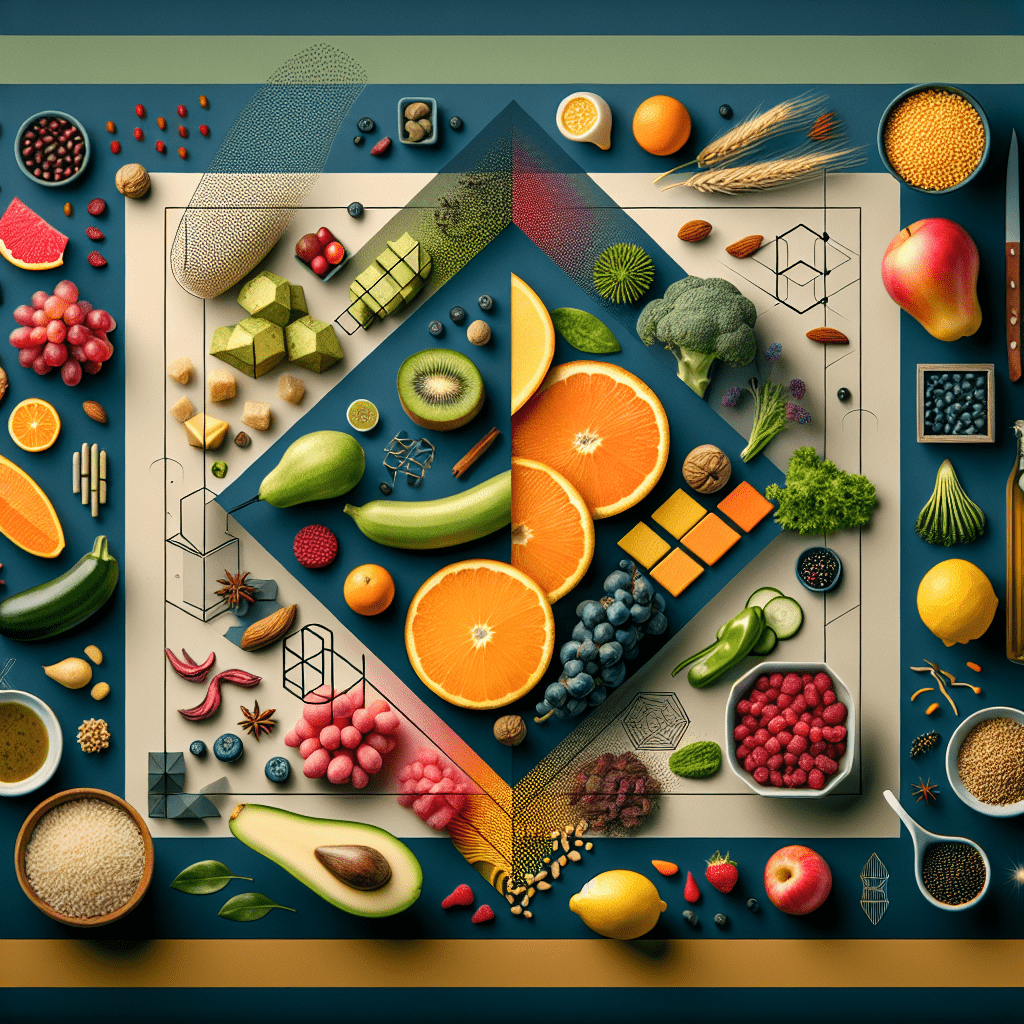[ad_1]
### Edible Aesthetics: How Food Shapes Contemporary Design
In an era where the boundaries between disciplines are rapidly blurring, food has emerged not just as a necessity or a pleasure, but as a significant influencer in the realm of contemporary design. The intersection of food and design encapsulates a wide array of innovations, from product design and architecture to fashion and even graphic design. This confluence, known as edible aesthetics, is redefining not only how we perceive food but also how it shapes the very fabric of the design landscape.
#### The Fusion of Flavor and Form
At the core of edible aesthetics is the belief that food is more than just sustenance—it’s an experience, a form of expression, and a catalyst for innovation. Designers, architects, and artists are increasingly incorporating edible elements into their work, using them to challenge conventional notions of beauty, functionality, and sustainability.
One of the most striking examples of this trend is in the realm of product and interior design, where items are crafted to evoke the sensory pleasure of food. Chairs might be designed with textures and colors that mimic the appearance of fruits, or lighting fixtures could resemble bubbles in a carbonated drink. Restaurants and cafes around the world are adopting themes that merge culinary and visual arts, transforming dining into an immersive experience that delights all the senses.
#### Sustainable Solutions through Edible Materials
Sustainability is a significant driving force behind edible aesthetics. As the world grapples with issues of waste and environmental degradation, designers are turning to food as a source of biodegradable and renewable materials. Packaging made from seaweed, cups crafted from fruit skins, and plates derived from grains are just a few examples of how edible materials are being used to create eco-friendly design solutions.
This approach not only reduces waste but also encourages a more conscious consumption of resources. By blurring the lines between what we eat and what we use in our daily lives, edible aesthetics fosters a deeper connection to the environment and prompts us to rethink our relationship with food.
#### The Role of Technology in Edible Aesthetics
Technology plays a pivotal role in the evolution of edible aesthetics, expanding the possibilities of what can be achieved. Advances in 3D food printing, for example, have opened up new avenues for creativity in food design, allowing for intricate shapes and textures that were previously unimaginable. Similarly, biotechnology is being used to develop novel, sustainable food sources, further pushing the boundaries of edible design.
These technological innovations not only enhance the sensory experience of food but also address critical issues such as food security and sustainability. By integrating cutting-edge technology with design principles, edible aesthetics is paving the way for a future where food is at the heart of innovative solutions to global challenges.
#### Edible Aesthetics in Fashion and Art
The influence of edible aesthetics extends beyond product design and architecture into the realms of fashion and art. Designers are incorporating food-inspired elements into clothing and accessories, using textures, colors, and shapes that evoke the allure of various cuisines. In the art world, installations and performances often feature food as both a medium and a subject, exploring themes of consumption, beauty, and decay.
These creative endeavors highlight the inherent artistry of food and its potential to convey complex ideas and emotions. By integrating edible elements, designers and artists invite us to engage with food in new and unexpected ways, challenging our perceptions and enriching our cultural landscape.
#### FAQs
**Q: What is edible aesthetics?**
A: Edible aesthetics refers to the incorporation of food and food-inspired elements into design, art, and fashion. It explores the sensory, sustainable, and conceptual potential of food within the creative realm.
**Q: How does edible aesthetics promote sustainability?**
A: Through the use of biodegradable and renewable food-based materials, edible aesthetics encourages more eco-friendly design solutions. It also fosters a deeper awareness of our consumption habits and their impact on the environment.
**Q: Can food really be used in fashion and art?**
A: Absolutely. Food has been used as inspiration and even as a material in fashion and art, serving as a medium to explore textures, colors, forms, and themes related to beauty, consumption, and sustainability.
**Q: How does technology influence edible aesthetics?**
A: Technology, including 3D food printing and biotechnology, expands the possibilities of edible aesthetics by allowing for more intricate designs and the development of sustainable food sources. It bridges the gap between culinary arts, design, and environmental solutions.
**Q: Where can I see examples of edible aesthetics?**
A: Examples of edible aesthetics can be found in diverse settings, from innovative restaurants and food festivals to design exhibitions and art galleries. Social media platforms and design magazines also frequently showcase the latest trends in edible aesthetics.
### Conclusion
Edible aesthetics represents a dynamic intersection of disciplines, offering fresh perspectives on the role of food in contemporary design. By merging culinary arts with design principles, it challenges traditional boundaries and offers innovative solutions to modern problems. As we continue to explore the vast potential of food beyond the plate, edible aesthetics will undoubtedly shape the future of design in delicious and sustainable ways.
[ad_2]

Leave a Reply